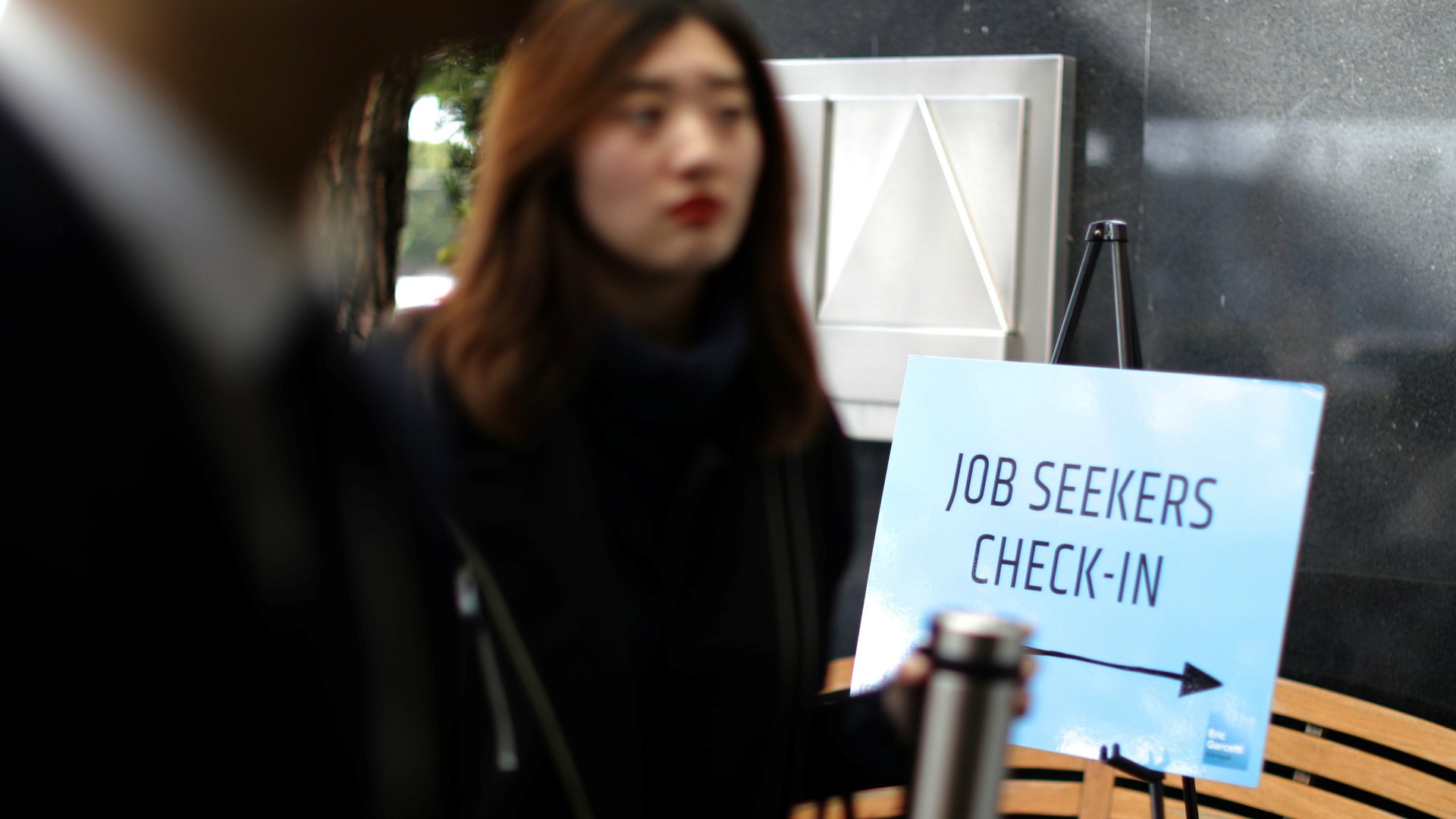The biggest economic issue facing America is not job creation
The biggest economic issue for the future is closing the skills gap and retraining workers who have been displaced from their old jobs that have been automated. Both the US unemployment rate and the total job openings have been relatively unchanged in the past year. The unemployment rate in January was 4.8%, down only 0.1% from the same time in 2016. The total job openings were 5.5 million in Dec. 2016, up from a mere 100,000 the same time in 2015. We simply don’t have people with the right skills to fill millions of jobs, yet many of them are still underemployed or living in poverty.


The biggest economic issue for the future is closing the skills gap and retraining workers who have been displaced from their old jobs that have been automated. Both the US unemployment rate and the total job openings have been relatively unchanged in the past year. The unemployment rate in January was 4.8%, down only 0.1% from the same time in 2016. The total job openings were 5.5 million in Dec. 2016, up from a mere 100,000 the same time in 2015. We simply don’t have people with the right skills to fill millions of jobs, yet many of them are still underemployed or living in poverty.
The role of education in our society has become extremely critical to our survival as a nation. We aren’t keeping up with the changing demands of the economy, the immense competition brought on by outsourcing and the speed of which technology has disrupted every industry. A strong education is the path not just out of poverty but also to a prosperous life of freedom and security. The problem is that one in every five adults globally has no formal education, which is a total of 682 million people, and jobs that require formal education are the ones expected to grow by nearly 8% in the next seven years.
While industries, such as healthcare and technology, will have the highest growth during that period of time, farming and production will be in decline by over 3%. Many, like bank tellers and postal service mail carriers, will be victims of automation and will be scrambling to figure out how to acquire the right skills to transition into a new career. In our recent study with Konica Minolta, we found that half of companies believe that automation will remove at least 10% of their headcount by 2020. The jobs, and tasks, that are most likely to be automated are those that are repetitive in highly structured environments, and McKinsey found that they comprise about half of all activities in the US economy, totaling $2.7 trillion in wages.
Our education system is not adapting quick enough to these labor changes, yet the cost of education has risen significantly since 1995, up 179% for private universities and 296% for public universities. While these costs have accelerated, millennials are earning 20% less than boomers did when they were that age. Even for students who are fortunate enough to attend college, many are stuck with loans that they may never pay back, and with a degree that doesn’t have staying power as it once did. Colleges need to become more affordable and promote the skills, jobs, and industries of the future if they want to stay relevant and help the economy.
Under Obama, The White House planned to invest in STEM education for people looking to break into technology-related fields, and spend six times the current amount to keep our workers competitive in the global economy. The government will be an important player in helping retrain and retool workers so they are able to get more highly skilled jobs. The future of government training initiatives is unclear with the Trump administration, and the future of public education is at stake with Betsy DeVos, the new education secretary, whose views are counter to her post.
Amidst our great economic challenge is some shining light. While technology is shredding jobs, it has also enabled people to take a wide variety of online courses for free or a minimal fee. Automation will also remove some jobs that Americans don’t want and make highly skilled workers more productive. To meet the needs of today’s workforce, we need to ensure that what students are learning actually reflects our current needs, and that we are investing in our people so they can help fill the skills gap and create a brighter future for everyone.